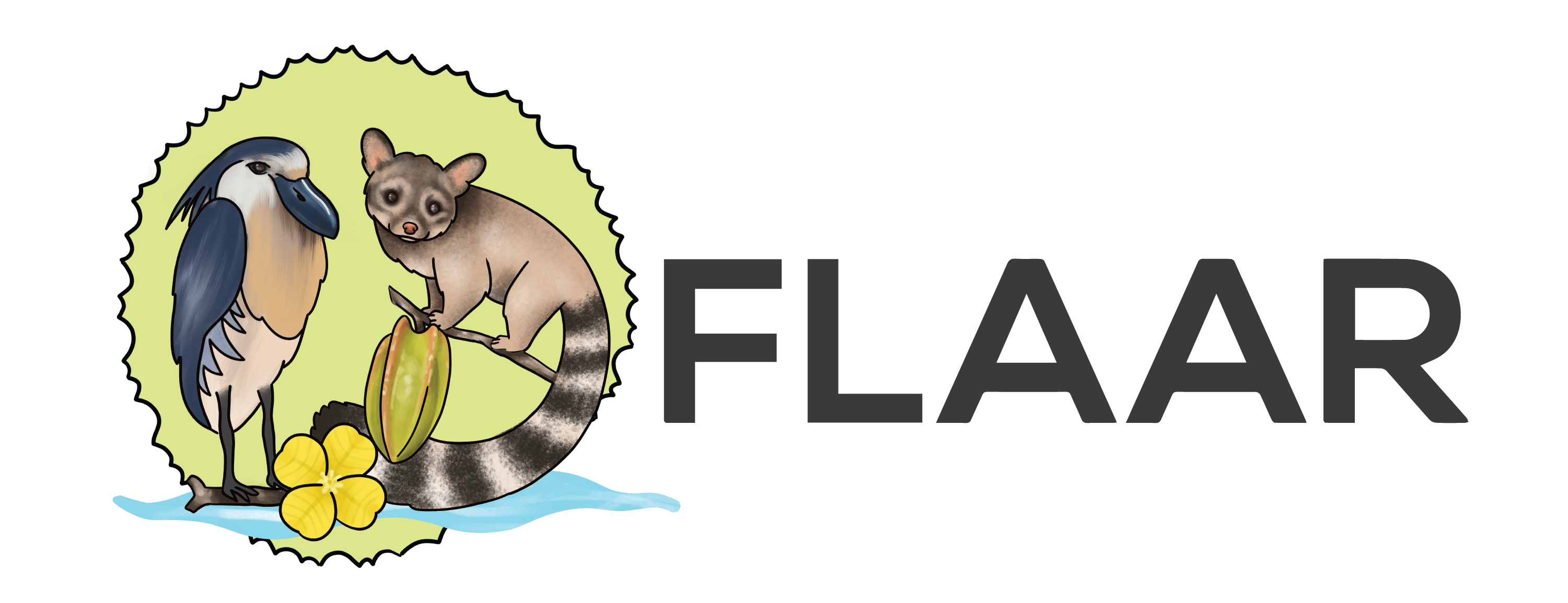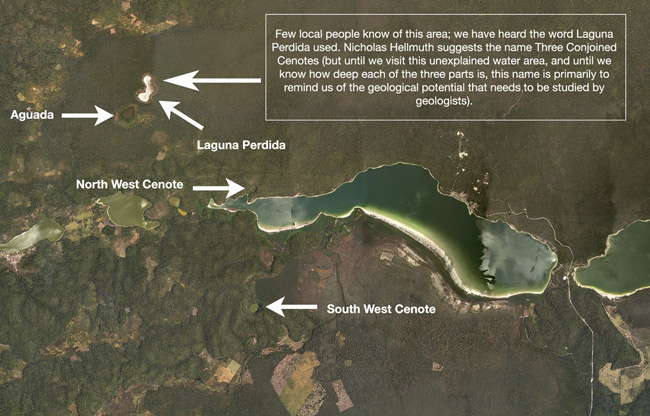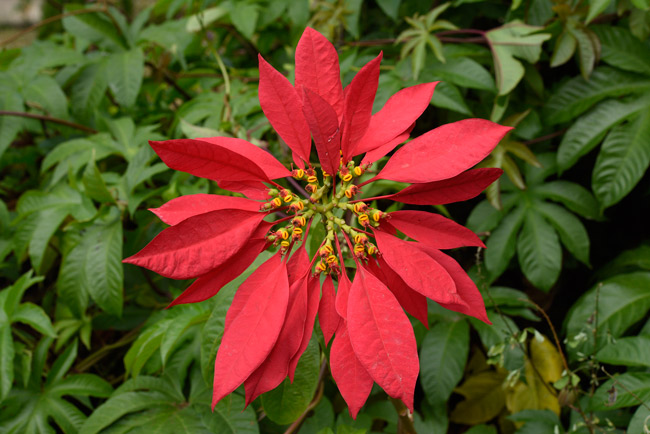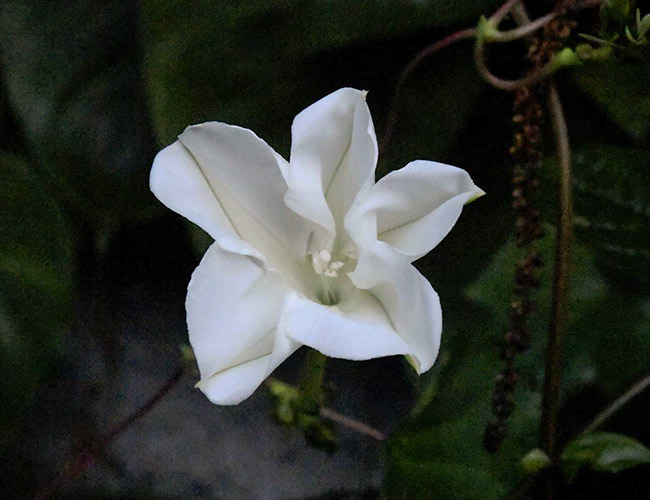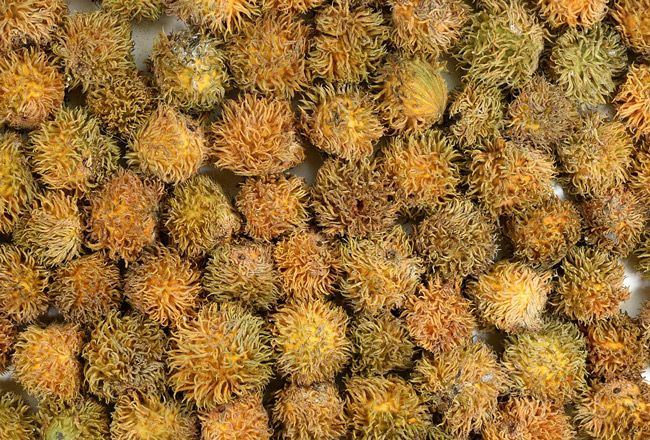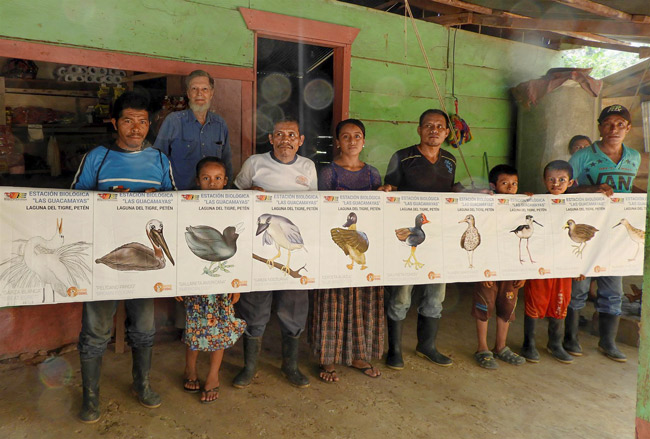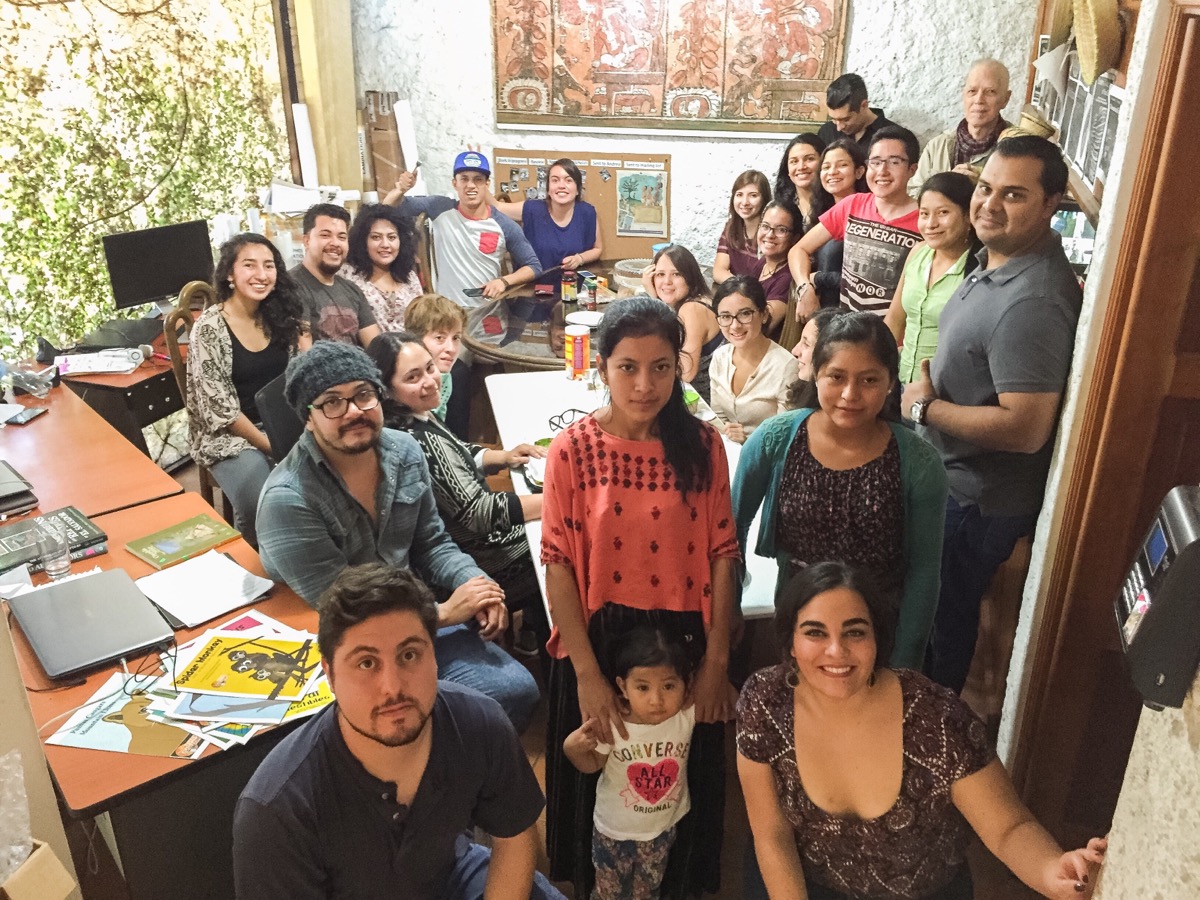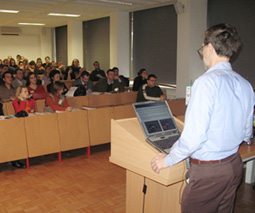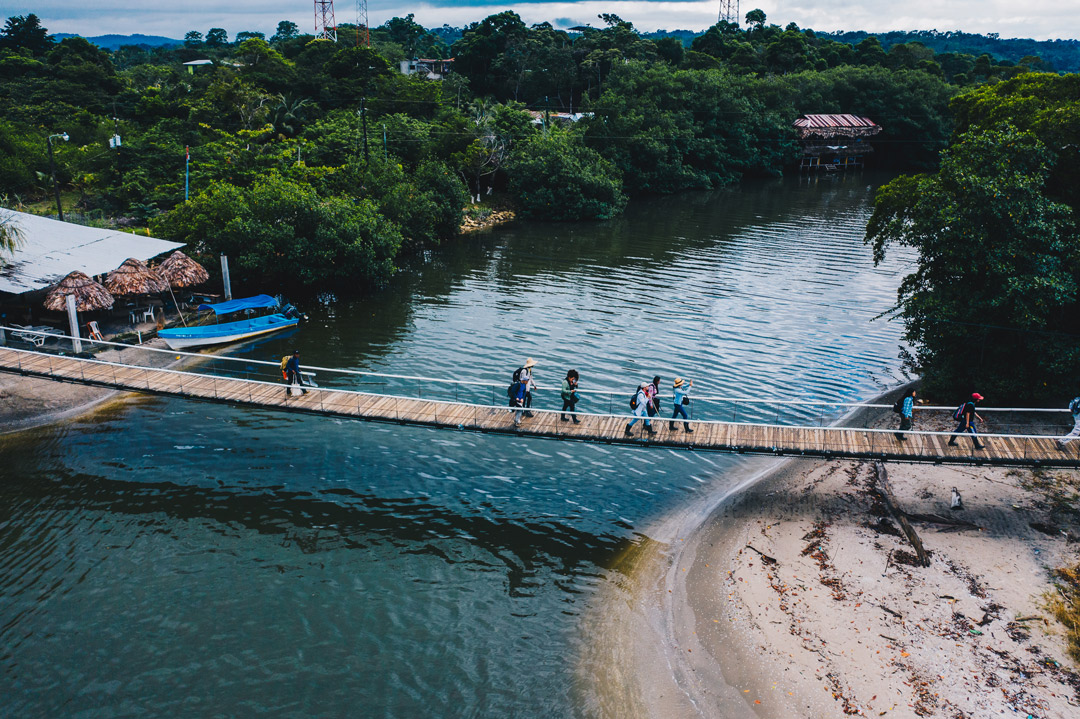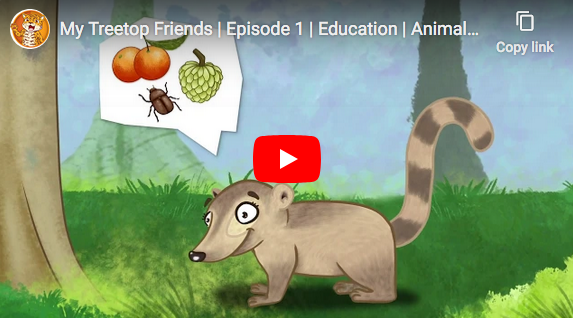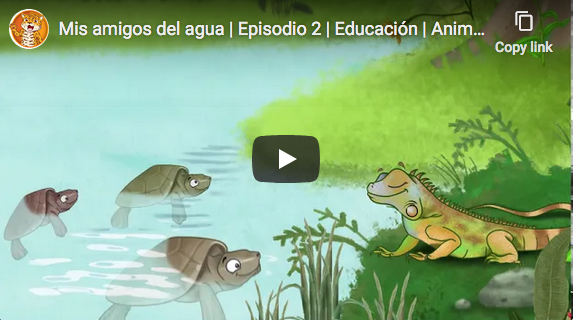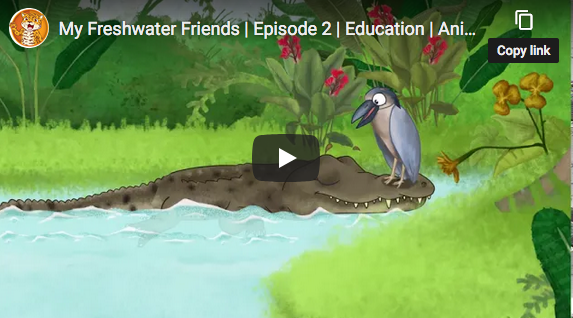FLAAR (USA) cooperates with FLAAR Mesoamerica in Guatemala to accomplish research and educational publications. To work towards our goals we employ a number of different people from varying backgrounds. We believe this mix is one factor that makes our institute effective as we monitor the development of digital imaging technology worldwide. All the full-time employees are Guatemalan (logical, since our main office is in Central America).
Dr Nicholas Hellmuth is the founder, President, and Director of FLAAR (USA). A Harvard graduate, Nicholas has spent many decades working in Latin America, including while holding three research Fellowships at Yale University in the late 1960’s-1970's. FLAAR Mesoamerica is the non-profit research and educational institute managing the office in Guatemala. There are several teams: flora and fauna research, publication preparation on ethnobotany, zoology, and ecology, and preparation of books for children in Guatemala, especially in rural areas. The wide-format inkjet printer team accomplish our studies here of how wide-format inkjet printers can provide better signage for museums and archaeological parks in Central America. The reason we do so many evaluations is because our experience is with advanced digital photography by starting a decade ago with at that early time a 22-megapixel medium format (Phase One from Denmark), our two 48-megapixel BetterLight systems (from Silicon Valley area of California, a technology we started with in the late 1990’s) and our 80-megapixel Cruse digital reprographic system (from Germany) all produce huge files: so these can be printed with 5-meters wide and we have printed a single image about 12 meters long (42 inches wide).
Once we have the images from these high-quality digital capture devices, we seek to understand which wide-format printers are best to reproduce the quality we capture in the cameras. FLAAR also has two CreoScitex EverSmart flatbed scanners (now Kodak branded). So our evaluations and reviews of wide-format printers are dedicated to learning what's the best technology and ink chemistry. We publish our findings; these FLAAR-REPORTS are read around the world. Over half a million people read our web sites on printing technology (and well over another different half a million people read our websites on ethnobotany and zoology of Mexico and Central America.
Other staff memebers include co-operative education students
In order to provide students experience in the real world, FLAAR Mesoamerica hires students from local universities. Most of these students stay with FLAAR Mesoamerica while they are at their university, so for between two and six years. But other capable researchers have been with us for over a decade.

Flor de Maria Setina (Office Manager and Administrative Assistant of Dr Hellmuth). Flor de Maria began working in FLAAR in 2001. She also attends printer trade shows (most recently in China).

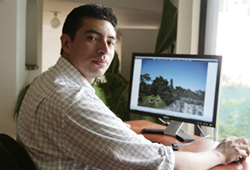
Maria Renee Ayau is in charge of textile inks, textile printers, and printable textile substrates. She is in the wide-format inkjet printer research team. She has experience for many years at textile aspects of signage and textile expos in many parts of the world. She has also been an instructor at local universities in Guatemala. She speaks Italian in addition to English and Spanish, and she lived in Bejing during the six weeks FLAAR had a project there to assist a Chinese company with graphic design for international marketing.
Pablo M. Lee (Graphic Designer for FLAAR Reports). He is recently joined FLAAR in 2008. Pablo has experience in his prior job operating VUTEk printers, RIP software, Seal liquid laminator. He has worked on many types of wide-format inkjet technology, such as in the evaluation projects of Seiko ColorPainter mild-solvent printers and Drytac UV-cured liquid laminators many years ago. He has also lived in Beijing with the team and has done research at trade shows in EU, Dubai, China, and across the USA.
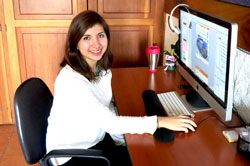

María José García is an industrial designer with experience in web design and community management. She works alongside with Pablo and Maria Renee, managing, sending out and uploading content constantly to all FLAAR-REPORTS platforms. Also she has attended APPPEXPO in China and another tradeshows around the world as a solvent printer specialist.
Marcelo Giron is a first year university student. In his initial months here at FLAAR-REPORTS he has been tested in various diverse tasks so that after the first year he will be assigned to a team. His abilities are in graphic design (for PDFs on printer and signage trade shows), in building up the FLAAR-REPORTS mailing list and videos at trade shows.
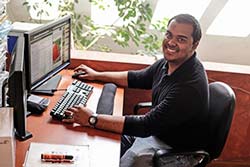
Paulo Núñez accomplishes all webmaster responsibilities for the entire FLAAR network. He is experienced and is good at recognizing which aspects of our web sites need improvement (since some of our sites are over 17 years old, it is an endless task). We are constantly upgrading the internal structure of our web sites, Paulo has helped our sites in Maya archaeology, Maya ethnobotany, and Maya ethnozoology reach pretty much #1 worldwide in the search engines. It's tough to show up #1 in every commercial brand names (wide-format sites of ours) because commercial companies buy these search engine spaces one way or another. However our wide-format inkjet and digital imaging web site network is still read by over half a million people a year.
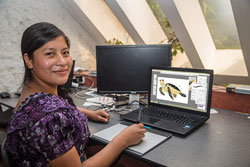

Josefina Sequen is from the Kaqchiquel Mayan-speaking area of Highland Guatemala. She brings with her a good knowledge of local plant products, but her primary contribution is her ability as a scientific illustrator. She studies in school on weekends and works at FLAAR during the week.
Senaida Ba Mucu is a Q’eqchi’ Mayan speaking student from a remote area between Senahu and Cahabon, Alta Verapaz. She was recommended to us by the Director of her school. When she has time off from school days, she assists us in preparing bibliographies of Q’eqchi’ medicinal plants. She is very efficient at this research, and also has learned to be an assistant on field trips (helping prepare the lenses and lighting equipment for the photographer). Now, after many years assisting FLAAR, she continues as a plant scout, digital camera assistant on field trips, and she prepared PDFs for reports on flora and fauna.
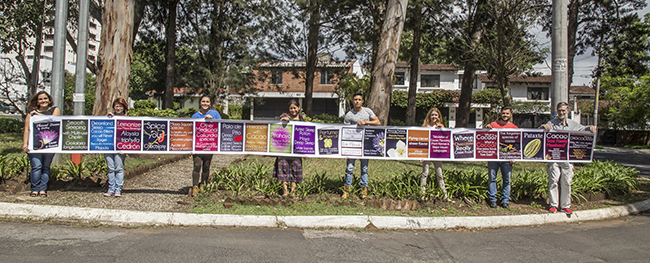
There are several teams at FLAAR: one team does digital photography research, tests, and reviews. This team also studies 3D scanning, 3D imaging software, doing illustrations with Wacom pen tablets, etc. On this team are also ethnobotany students who assist Dr Hellmuth in the study of cacao of the Maya and Aztec (cocoa, chocolate), indigenous medicinal plants, plants for dye colorants for clothing over a thousand years (before chemical dyes), and also the studies of local birds, mammals, bees, leaf-cutting ants, and other fauna of Mesoamerica.
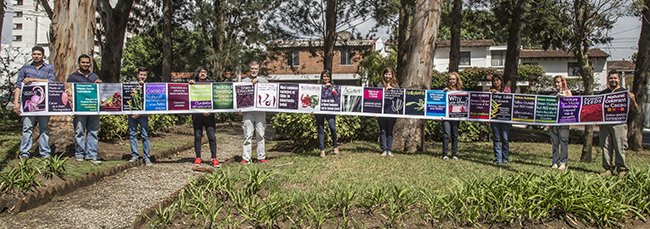
The other team at FLAAR handles research, evaluation, studies, and reviews on wide-format inkjet printers, inks, printable materials (for wide-format printing), RIP software, color management software, and all aspects of the workflow for signage, giclee, fine art photography, labels, packaging and industrial printing (including on glass, ceramics, wood, metal).
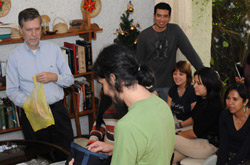

Here Dr. Nicholas Hellmuth and FLAAR staff in a holiday season social activity. Here he is giving away to the staff via raffle the presents that he receives as he travels around the world.
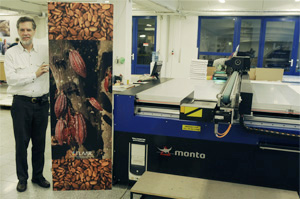

At the left Nicholas Hellmuth with a sample printed by the GRAPO Manta at GRAPO factory visit 2008. At the right Diana Dogaru (Spuhl) and Nicholas Hellmuth holding a sample printed by the Spuhl Virtu RS 35/48 in the main demo room adjacent to the Spuhl factory in Switzerland. Nicholas is in airplanes about 350,000 km a year to inspect advanced digital imaging equipment in order to have fresh material for his lectures. That year he had already lectured in Zagreb, Sarajevo, Belgrade and will speak later that year in Johannesburg, Chicago, and in 2010 for several hours at Graphics of the Americas in Miami.
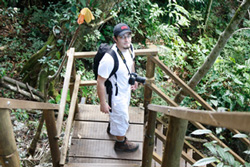
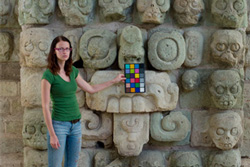
Each year, when funding is available from research sponsorships, we provide opportunities for students to come to Guatemala to experience our various research projects. Both Alen Bubanja and Tina Košir are students at the University of Ljubljana in Slovenia. Dr Hellmuth has lectured several times at this university as well as at other university special programs elsewhere in Eastern Europe. Both these students worked with digital photography, Maya ethno-botany (especially cacao), and Tina's project was also to survey the potential for 3D scanning and 3D "printing" of archaeological sculpture and artifacts.

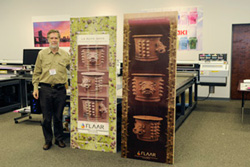
Dr.Hellmuth photographing the Maya vases for La Ruta Maya Conservation Foundation (at left). Some of these pictures were used to evaluate the Mimaki JF-1631 at the recent demo room visit.

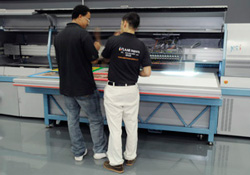
Jose Melgar is now working as a Technical Writer on UV printers. Here is Jose Melgar taking notes on the Matan Barak printer at ISA 2008 (at the left) and scrutinizing the Gandinnovations printer in their factory demo room in Toronto, Canada (at the right). Jose Melgar is today in 2020, with a dozen years of experience, a major figure in the world of UV-curing printer technology research and reports.
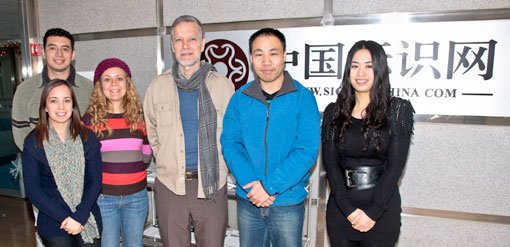
Nicholas and three of the FLAAR staff were in China for six weeks assisting the translation (into English) and graphic design of the web site of Sign-in-China.com, a major international distributor. Plus all four are continuing to learn Chinese language, since increasingly FLAAR is asked to assist organizers of printer trade shows in China. We use all this knowledge to improve our use of digital imaging technology for exhibits of Maya themes at museums.
People who worked in recent years at FLAAR
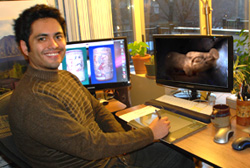
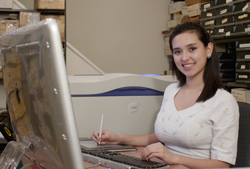
Gustavo Gallegos is an experienced Multimedia Designer with a background in Video Production. He graduated in Missouri and worked in the St Louis headquarters of FLAAR he brought his knowledge and interest in pre-Columbian civilizations of his home country (Mexico) to the world of students, scholars and lay people interested in Maya and related cultures. He and Cami have done educational videos of our research on cochinilla insects as source for colorant for Mayan handicrafts (today especially in Rabinal area of Baja Verapaz). He has kindly volunteered his training and experience in animation to assist in preparing of MayanToons episodes.
Camila Morales started as is a student intern from Colombia, she helped in Guatemala as a volunteer as the production assistant in FLAAR's new video department. Her interest in precolombian cultures took her to Guatemala where she helped with digital applications for tangible cultural heritage, scanning several ancient artifacts in 3D for ethobotany research. Camila also had the opportunity to be with experienced photographers and learned to use top of the line photographic equipment. Together with her husband Gustavo Gallegos they have formed their own separate company, anima.works (is their web site). She is capable in advanced video and graphic design and also is a guest consultant in our new MayanToons animated video project (MayanToons is a division conceived by FLAAR and developed by the illustrations of FLAAR Mesoamerica).
